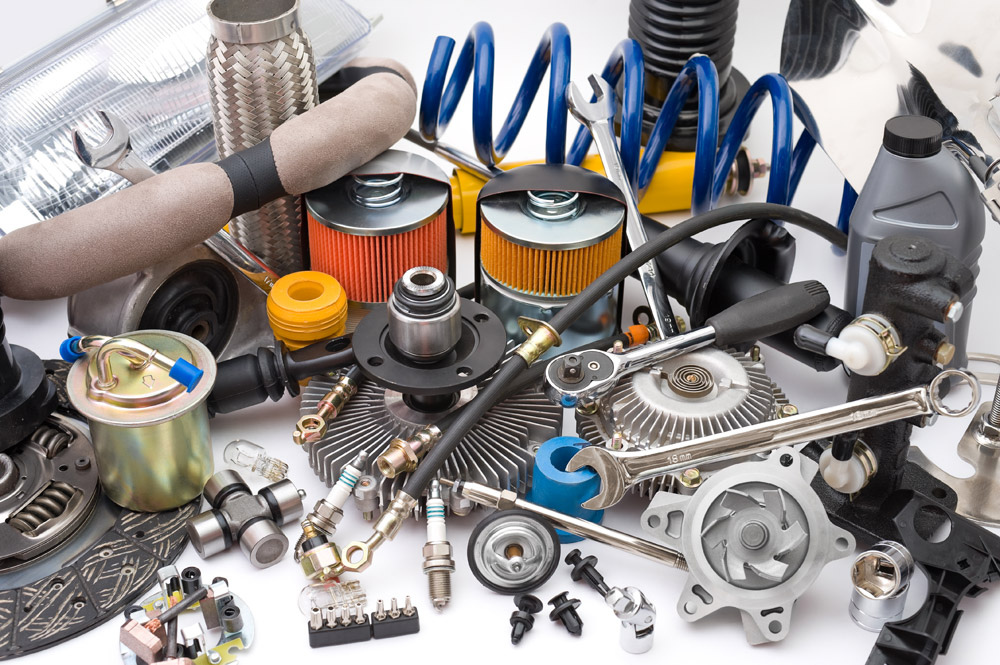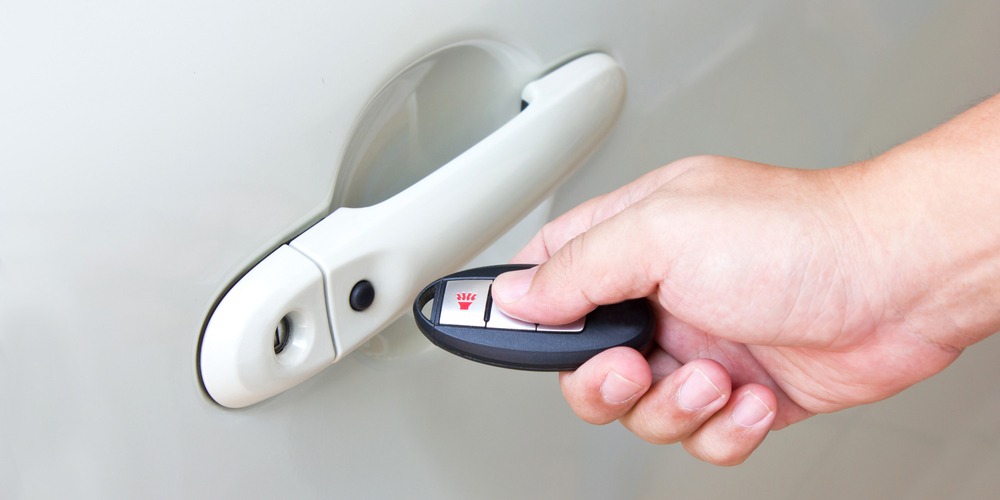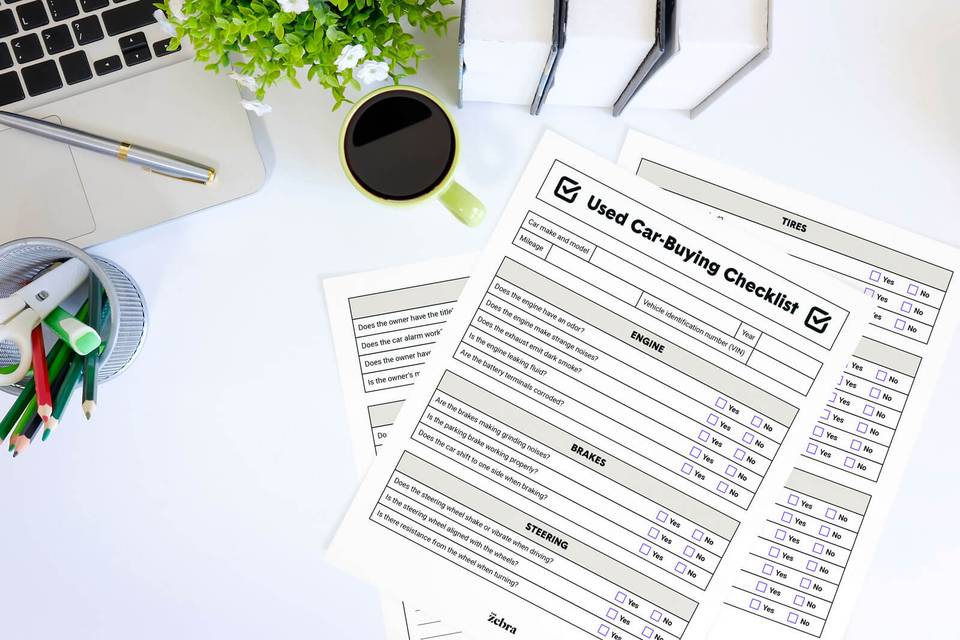Navigating the world of used auto parts can be as thrilling as a treasure hunt. Yet, unlike pirates of yore who often depended on sheer luck, you can master some foolproof techniques to ensure that the used part you’re eyeing doesn’t turn your car into a rolling relic.
This guide is your compass to deciphering the good from the bad in the vast sea of used auto parts near me. Here, you’ll learn to use keen observation, tactful questioning, and some sneaky, simple tests to judge the worthiness of a used auto part. So, buckle up and get ready for a ride into the world of auto salvage!
The Visual Once-Over
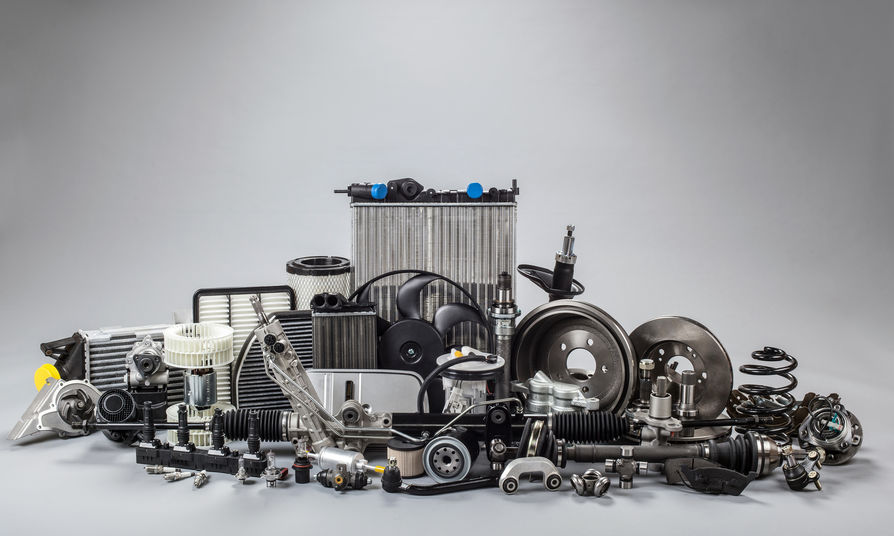
The first line of defense in your arsenal is your own two eyes. When you spot a part that might fit your needs, start with a thorough visual inspection. Look for signs of excessive wear and tear. Rust, for instance, is a common deal-breaker. It can weaken parts, making them more likely to fail. Also, keep an eye out for any cracks or major dents which could compromise the integrity of the part.
The color of various fluids can also tell a story. For engine parts, check for the residue of any old oil which should be slick and not gritty. Gritty residue can indicate internal wear and tear. If you’re examining parts like the transmission, the presence of burnt-smelling fluid or excessively dirty oil can be a red flag, indicating past overheating or neglect.
Compatibility Check
Once a part passes your visual test, the next crucial step is ensuring it’s a perfect fit for your vehicle. The most idiot-proof method is to check the part number. This can often be found directly on the part and can be cross-referenced with manufacturer databases or catalogs online. If a part number isn’t visible, don’t shy away from asking the seller or using online forums to make sure the part is compatible with your vehicle model and year.
Getting the wrong part can range from being a minor inconvenience, a return trip to the shop, to a major disaster if it causes damage to your vehicle. Don’t just assume; double-check.
Ask About History
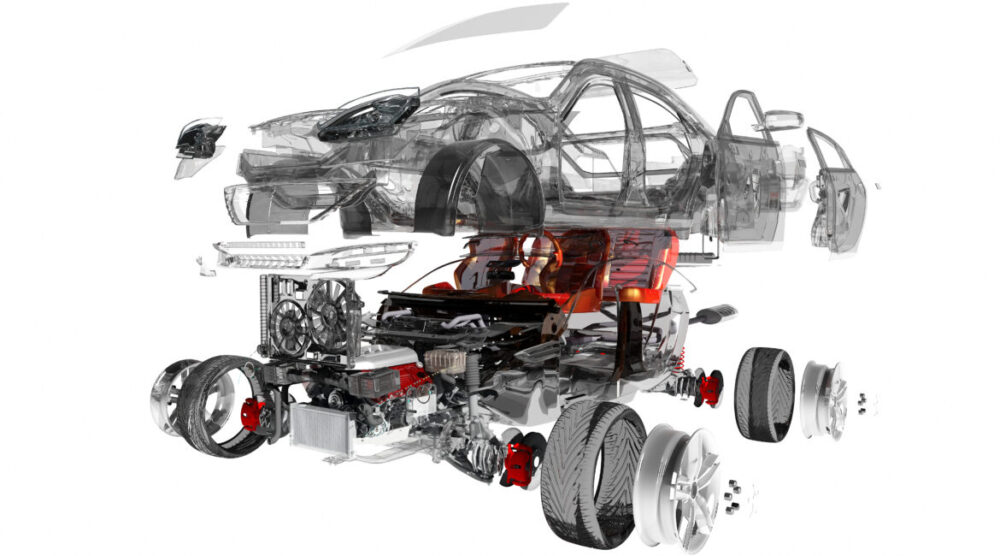
The past life of an auto part can be as important as its physical condition. Asking the right questions can save you from future headaches. Inquire about how many miles were on the vehicle from which the part was salvaged. Also, find out if the part was ever repaired or rebuilt. These pieces of information can help you assess the expected lifespan and reliability of the part.
If you’re buying from a reputable salvage yard or a well-reviewed online seller, they should be able to provide you with this history. If they can’t, or if the answers sound suspiciously vague, consider it a red flag.
Simple Tests
There are some simple tests you can perform to assess the functionality of certain parts. For instance, if you’re buying a used radiator, check for leaks by applying pressure to it. If it’s a battery, most auto parts stores will test its charge and health for free. For mechanical parts, such as alternators or starters, these can often be bench-tested to ensure they operate correctly.
If you’re not sure how to perform these tests, take the part to a professional mechanic. Yes, it might cost a bit, but it’s cheaper than buying a dud that could cause more extensive damage to your vehicle.

